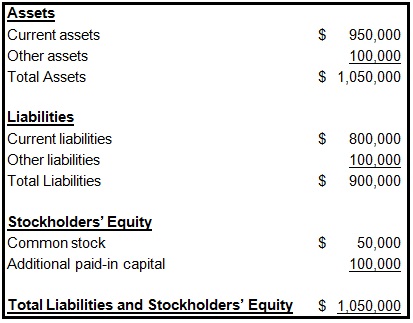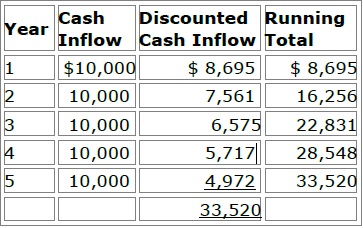AHIP AHM-520 - Health Plan Finance and Risk Management
The amount of risk for health plan products is dependent on the degree of influence and the relationships that the health plan maintains with its providers. Consider the following types of managed care structures:
Preferred provider organization (PPO)
Group model HMO
Staff model health maintenance organization (HMO)
Traditional health insurance
Of these health plan products, the one that would most likely expose a health plan to the highest risk is the:
The following information was presented on one of the financial statements prepared by the Rouge Health Plan as of December 31, 1998:

Rouge’s current ratio at the end of 1998 was approximately equal to:
In order to print all of its forms in-house, the Prism health plan is considering the purchase of 10 new printers at a total cost of $30,000. Prism estimates that the proposed printers have a useful life of 5 years. Under its current system, Prism spends $10,000 a year to have forms printed by a local printing company. Assume that Prism selects a 15% discount rate based on its weighted-average costs of capital. The cash inflows for each year, discounted to their present value, are shown in the following chart:

Prism will use both the payback method and the discounted payback method to analyze the worthiness of this potential capital investment. Prism's decision rule is to accept all proposed capital projects that have payback periods of four years or less.
After analyzing this information, Prism would accept this proposed capital project under
For a given healthcare product, the Magnolia Health Plan has a premium of $80 PMPM and a unit variable cost of $30 PMPM. Fixed costs for this product are $30,000 per month. Magnolia can correctly calculate the break-even point for this product to be:



